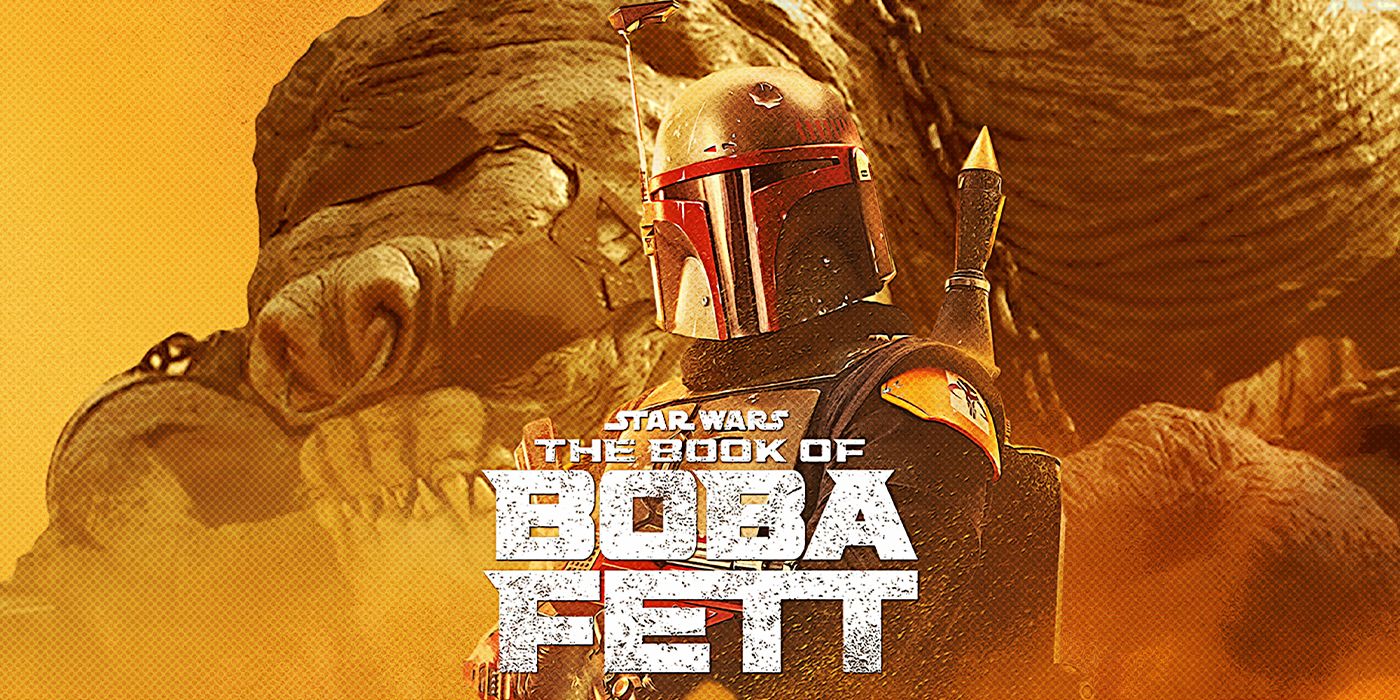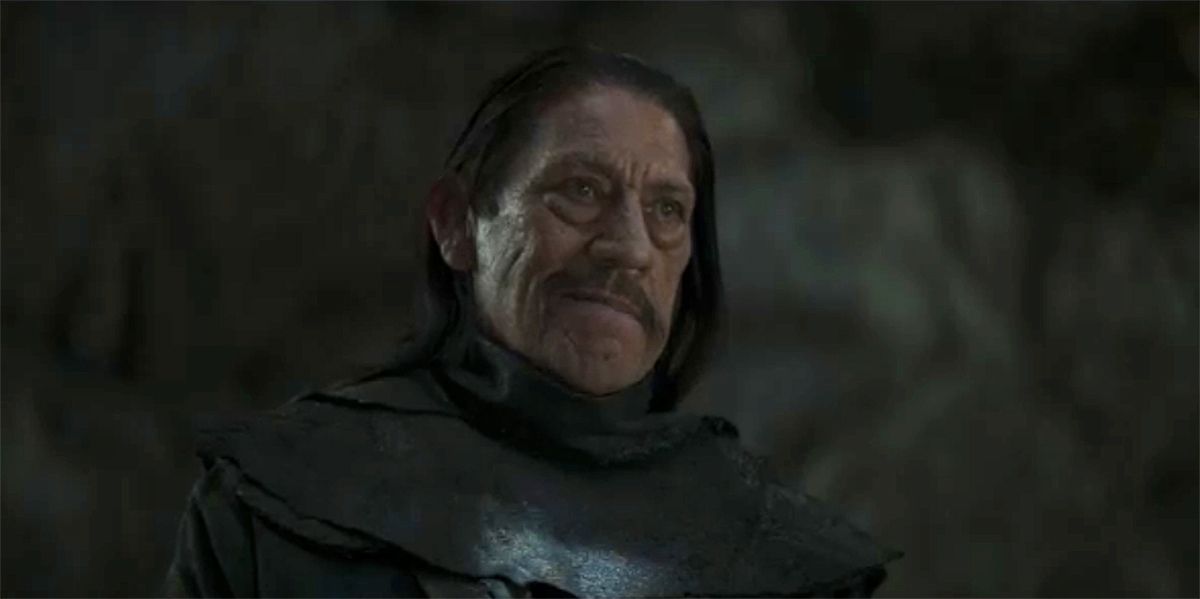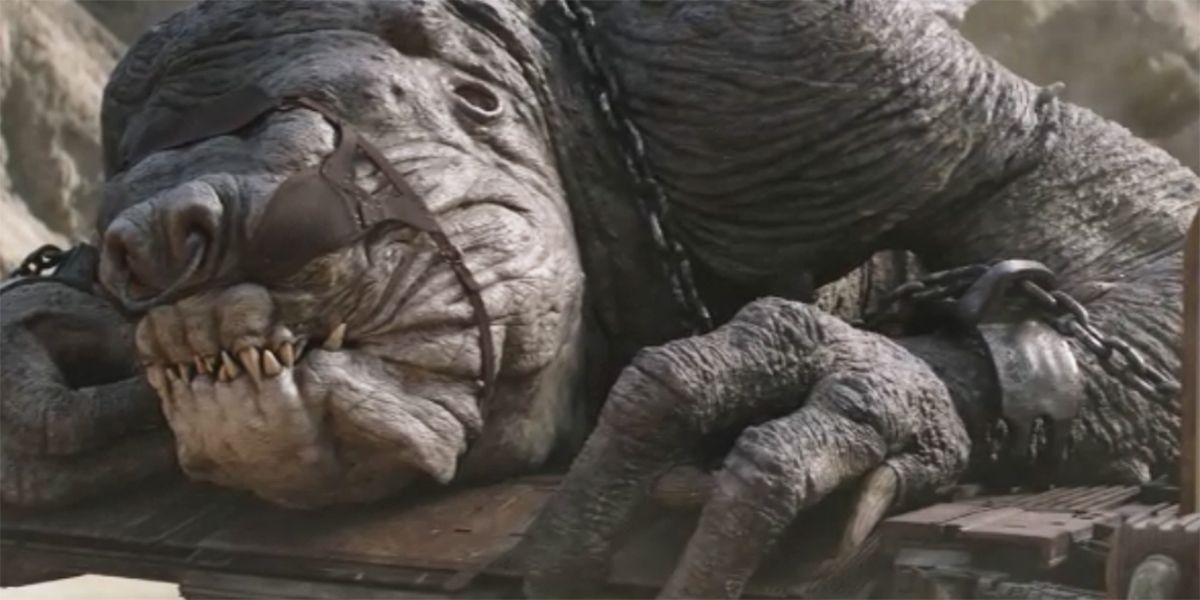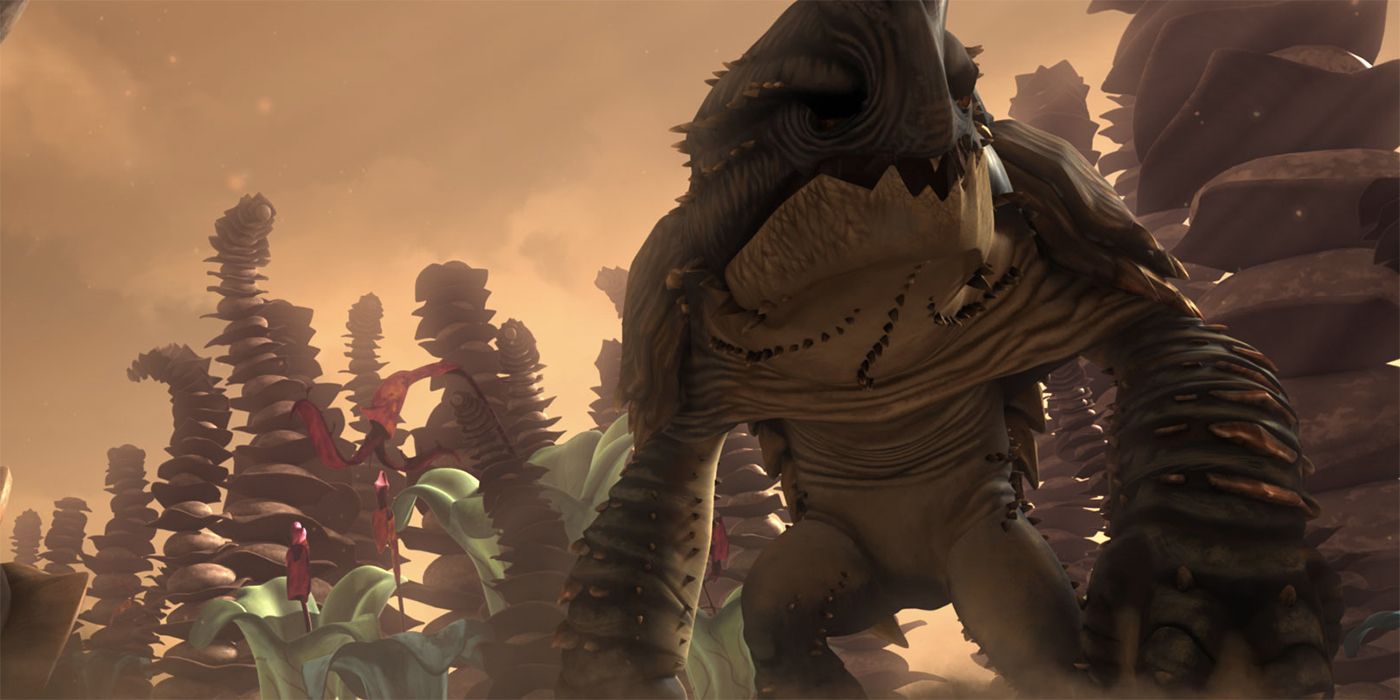The new Star Wars series The Book of Boba Fett has offered some unique perspectives into the sci-fi universe that so many have come to love. The most recent of these lore explanations came from the third episode of the series, specifically with regards to rancor. To oversimplify: rancor are giant space pit bulls. It is explained to Boba Fett (Temuera Morrison) by the rancor trainer (Danny Trejo) in the episode that, "Rancor are emotionally complex creatures. It imprints on the first human it sees. They are quite peaceful unless threatened."
He also explains that "They can become very loving. They are powerful fighters, so that is what most know. But they form strong bonds with their owners." This depiction provided by the trainer seems to contradict what most people would presume is a very dangerous and vicious animal. Unfortunately just like the pit bulls of our world, the rancor of the Star Wars universe seem to have gotten a bad reputation over the years because of the influence of owners more interested in the use of the animals more as fighters and less as pets.
In case you haven't brushed up on your rancor history, allow us to elaborate. Rancor are massive beasts that originally spawned on the planet of Dathomir, a planet known for being very hostile and deadly to those who are not intimately aware of the terrain and all of the life that resides on it. Growing to be about five meters tall, they are hulking beasts that upon first glance would not be something anyone would want to mess with. Despite this intimidating figure, reports in the Star Wars universe go on to depict their domestication in some circumstances, even going so far as to making the predators ridable mounts.
This plan to domesticate a rancor is one that Boba Fett himself chooses to embark on, as he quickly takes a liking towards the calf given to him by two Hutt twins. He also admitted to thinking that the rancor were only bred for fighting, and the trainer explains in the quote above how that is what is presumed of the rancor, so that is the fate they are often subjected to. This is reflective of how many individuals who fail to do proper educating over pit bulls will just go off of the nasty news reports of pit bulls being used for dogfighting and that they are dangerous animals meant to be kept away from the general populace. Similarly to the rancor presented to us in the episode, however, pit bulls are actually quite loving and precious, and it is only through the intervention of man that they seem to become so hostile.
The first Rancor was seen by audiences in Return of the Jedi released in 1983. In that film, Luke Skywalker (Mark Hamill) found himself face to face with one of the towering beasts, about to become its fresh snack. Through smart thinking and quick plays however Luke is able to successfully slay the beast by luring it into the gateway before the spiked ends fall right on top of it. What was once a moment of celebration for fans is now suddenly becoming a scene of sympathy for the rancor trainer who is shown to become saddened to the point of tears over the loss of a creature that he likely raised since was the same age as the one seen in The Book of Boba Fett.
Rancor have also made appearances in other Star Wars media, such as the Star Wars: The Force Unleashed video game that released in 2008. In that game, the player has to fight what is known as a bull rancor, a much bigger and nastier subspecies of the rancor, and one that we likely won't see in the Disney+ series. It should also be noted that this is the equivalent of comparing a pit bull to a wolf, and while they are similar in their species, wolves are known to be much more wild and dangerous. With that in mind, it also stands to be recognized that these two depictions paint rancor in a negative light, so it is interesting to see The Book of Boba Fett attempt to portray them through a different perspective.
The animated series Star Wars: The Clone Wars had a very neutral depiction of rancor, showing the massive beasts in one episode where the protagonists find themselves on the planet of Felucia. This planet is known to house a subspecies known as the jungle rancor, and unlike the bull rancor mentioned earlier these creatures coexisted with the farmers on the planet, making them more of a peaceful giant than a ferocious predator, at least to the humanoids of Felucia.
The Book of Boba Fett isn't necessarily the first positive depiction of rancor, but it is certainly the friendliest depiction we have seen to date in the visual media format. An earlier depiction of a rancor that offers a sympathetic view was found in another Disney+ series that released in 2021, Star Wars: The Bad Batch. An episode in this series involves Clone Force 99 going to rescue Muchi, a prisoner who, unbeknownst to the group until after seeing her with their own eyes, is an adolescent rancor. Muchi isn't shown to be quite as ruthless as the rancor depicted in Return of the Jedi or The Force Unleashed, but they still pack a punch when an opportunity to get revenge on their captors arises. Muchi's age also puts her as one of the youngest rancor we have seen, second only to the calf presented in The Book of Boba Fett.
Much like how the series is attempting to offer a new perspective on one of the galaxy's most famed bounty hunters, perhaps the series is also attempting to reframe our presumptions over the giant, emotionally complex creatures. We can only wonder what the future of the series has in store for this rancor calf, or even what it will be named, but one thing is certain: if this new explanation is to be taken as the official canon, then we have all severely misjudged the rancor of the Star Wars universe. The Book of Boba Fett is currently available to watch on Disney+ with new episodes airing each Wednesday. Here's to hoping that we get to see more screen time with the lovable unnamed rancor calf and that no harm comes to it in the episodes to come.




